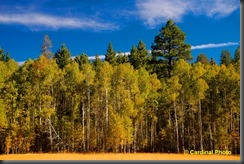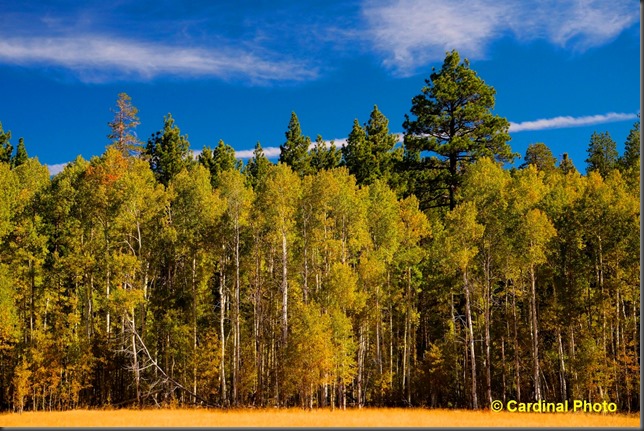- Photo Safaris
- Alaska Bears & Puffins World's best Alaskan Coastal Brown Bear photo experience. Small group size, idyllic location, deluxe lodging, and Puffins!
- Participant Guestbook & Testimonials Candid Feedback from our participants over the years from our photo safaris, tours and workshops. We don't think there is any better way to evaluate a possible trip or workshop than to find out what others thought.
- Custom Photo Tours, Safaris and Personal Instruction Over the years we've found that many of our clients & friends want to participate in one of our trips but the dates we've scheduled just don't work for them or they'd like a customized trip for their family or friends.
- Myanmar (Burma) Photo Tour Myanmar (Burma) Photo Tour December 2017 -- with Angkor Wat option
- Reviews Go hands-on
- Camera Reviews Hands-on with our favorite cameras
- Lens reviews Lenses tested
- Photo Accessories Reviews Reviews of useful Photo and Camera Accessories of interest to our readers
- Useful Tools & Gadgets Handy tools and gadgets we've found useful or essential in our work and want to share with you.
- What's In My Camera Bag The gear David Cardinal shoots with in the field and recommends, including bags and tools, and why
- Articles About photography
- Getting Started Some photography basics
- Travel photography lesson 1: Learning your camera Top skills you should learn before heading off on a trip
- Choosing a Colorspace Picking the right colorspace is essential for a proper workflow. We walk you through your options.
- Understanding Dynamic Range Understanding Dynamic Range
- Landscape Photography Tips from Yosemite Landscape Photography, It's All About Contrast
- Introduction to Shooting Raw Introduction to Raw Files and Raw Conversion by Dave Ryan
- Using Curves by Mike Russell Using Curves
- Copyright Registration Made Easy Copyright Registration Made Easy
- Guide to Image Resizing A Photographers' Guide to Image Resizing
- CCD Cleaning by Moose Peterson CCD Cleaning by Moose Peterson
- Profiling Your Printer Profiling Your Printer
- White Balance by Moose Peterson White Balance -- Are You RGB Savvy by Moose Peterson
- Photo Tips and Techniques Quick tips and pro tricks and techniques to rapidly improve your photography
- News Photo industry and related news and reviews from around the Internet, including from dpreview and CNET
- Getting Started Some photography basics
- Resources On the web
- My Camera Bag--What I Shoot With and Why The photo gear, travel equipment, clothing, bags and accessories that I shoot with and use and why.
- Datacolor Experts Blog Color gurus, including our own David Cardinal
- Amazon Affiliate Purchases made through this link help support our site and cost you absolutely nothing. Give it a try!
- Forums User to user
- Think Tank Photo Bags Intelligently designed photo bags that I love & rely on!
- Rent Lenses & Cameras Borrowlenses does a great job of providing timely services at a great price.
- Travel Insurance With the high cost of trips and possibility of medical issues abroad trip insurance is a must for peace of mind for overseas trips in particular.
- Moose Peterson's Site There isn't much that Moose doesn't know about nature and wildlife photography. You can't learn from anyone better.
- Journeys Unforgettable Africa Journeys Unforgettable -- Awesome African safari organizers. Let them know we sent you!
- Agoda International discounted hotel booking through Agoda
- Cardinal Photo Products on Zazzle A fun selection of great gift products made from a few of our favorite images.
- David Tobie's Gallery Innovative & creative art from the guy who knows more about color than nearly anyone else
- Galleries Our favorite images
Solving tricky landscape lighting problems with a Polarizing Filter
Solving tricky landscape lighting problems with a Polarizing Filter
Submitted by David Cardinal on Wed, 10/09/2013 - 18:21
 Polarizing filters are typically thought of as a shooting solution for capturing images containing glare, and perhaps for “darkening skies.” But there is another great use for them that is often neglected – making up for harsh light. Sometimes it is difficult to get to a location when the light is still soft, or sometimes – like with the pictured Aspen grove – the subject just isn’t lit until the Sun is high in the sky. A Polarizer can help…
Polarizing filters are typically thought of as a shooting solution for capturing images containing glare, and perhaps for “darkening skies.” But there is another great use for them that is often neglected – making up for harsh light. Sometimes it is difficult to get to a location when the light is still soft, or sometimes – like with the pictured Aspen grove – the subject just isn’t lit until the Sun is high in the sky. A Polarizer can help…
A Polarizer cuts reflected light in general, not just light that happens to be bouncing off water. Much of our mid-day light doesn’t come directly from the Sun, but has been bounced off the blue sky. This causes two issues for photographers. First, the light illuminating the scene is cooler than we might like. Adding a polarizer warms up the scene, to make it more like the one we’d see in the better light of early morning or late afternoon. The second problem is that often there is a lot of glare on small surfaces in the scene, like leaves. This glare isn’t as obvious as the large patches you might see on a pond or lake, but can be almost as destructive to your image. Your Polarizer can help cut those small areas of glare as well.

Aspen Grove, Angora Ridge, South Tahoe, California
Nikon D600, Nikon 24-85mm AF-S Lens
The combination is a much-improved image compared to the one that you’d get without using a Polarizer. Remember that there isn’t really any substitute for a physical Polarizer (typically a Circular Polarizer for those of us who rely on Autofocus). Digital “Polarizer” plug-ins for Photoshop and Lightroom are clever, but they can’t go back and see from which direction the light is coming.
If you don’t have a Circular Polarizer, B&H sells inexpensive models from Tiffen and some excellent, if expensive ones from B+W. Let us know how you get on if you decide to use your Polarizer in some new ways.

